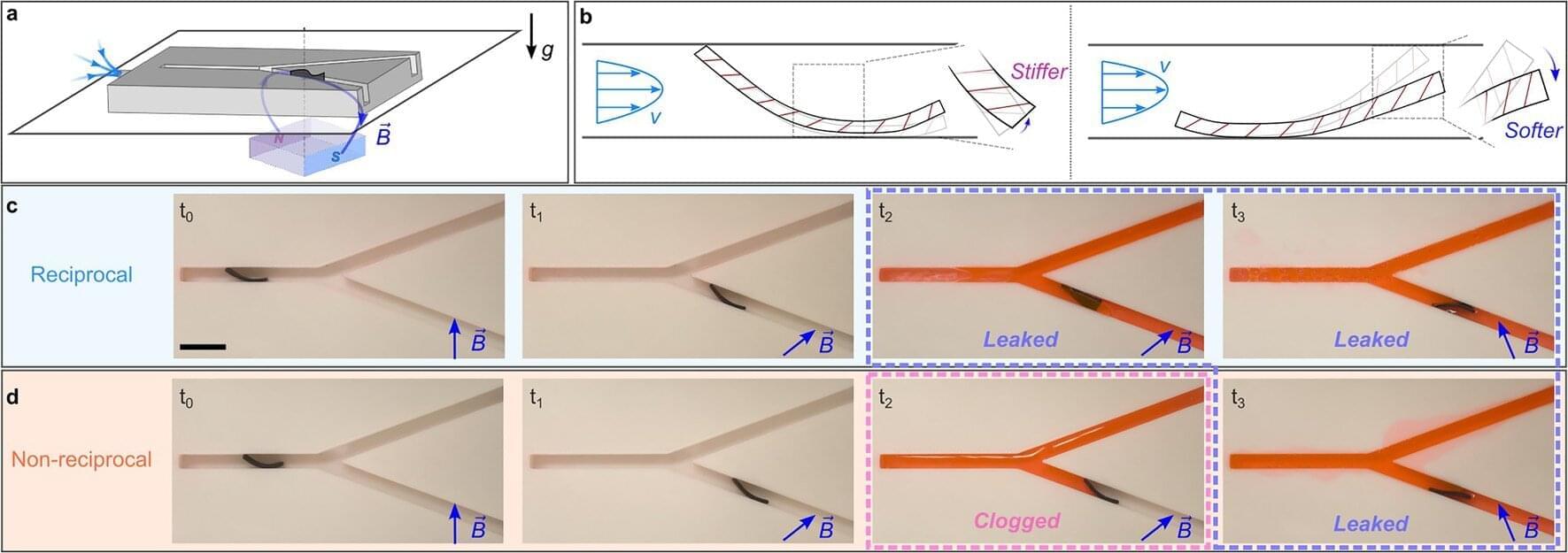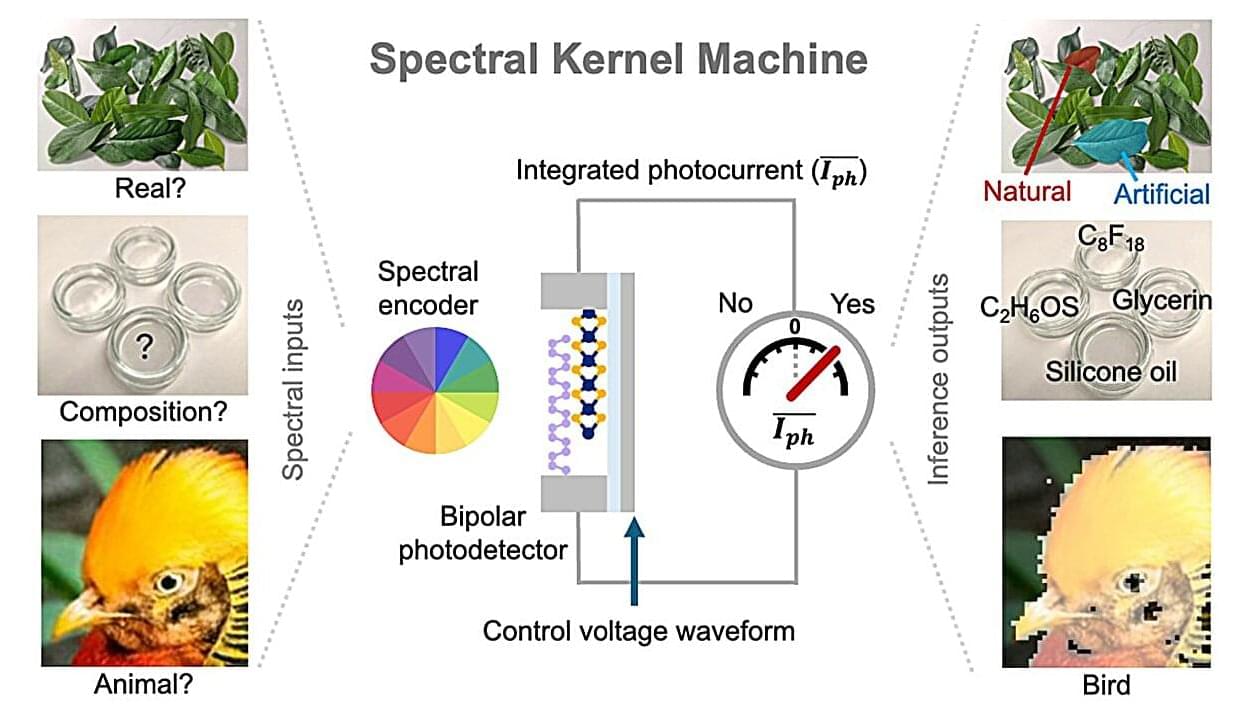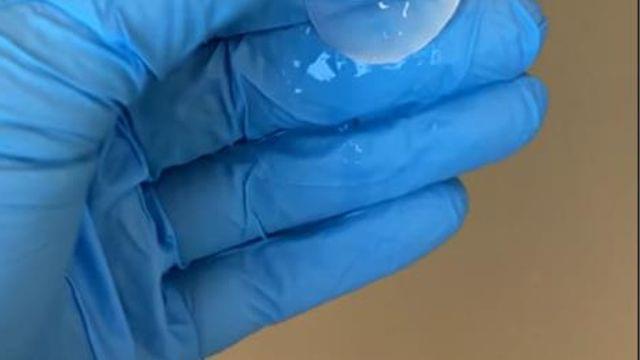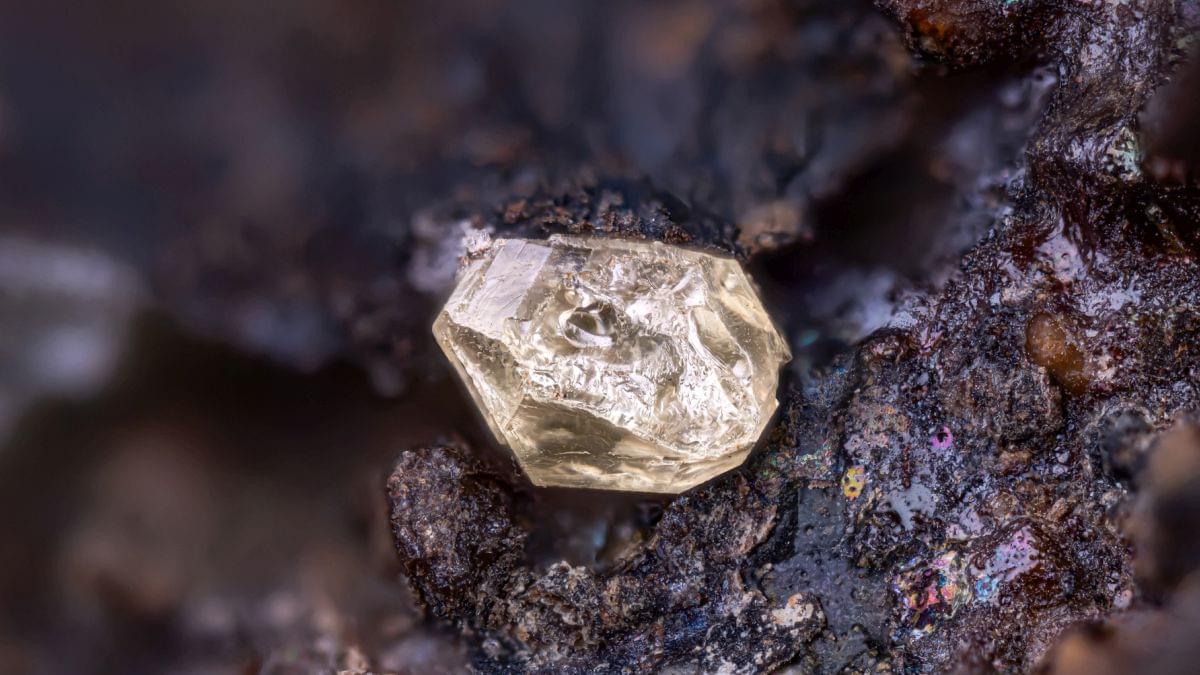Hardware busters — scientists create record-breaking quantum material — news



Say hello to ionocaloric cooling. It’s a new way to lower temperatures with the potential to replace existing methods of chilling things with a process that is safer and better for the planet.
Typical refrigeration systems transport heat away from a space via a fluid that absorbs heat as it evaporates into a gas, which is then transported through a closed tube and condensed back into a liquid.
As effective as this process is, some of the choice materials we use as refrigerants are particularly unfriendly to the environment.

Researchers have created gyromorphs, a new material that controls light more effectively than any structure used so far in photonic chips.
These hybrid patterns combine order and disorder in a way that stops light from entering from any angle. The discovery solves major limitations found in quasicrystals and other engineered materials. It may open the door to faster, more efficient light-powered computers.
Light-based computers and the need for better materials.

A research team has developed soft composite systems with highly programmable, asymmetric mechanical responses. By integrating “shear-jamming transitions” into compliant polymeric solids, this innovative work enhances key material functionalities essential for engineering mechano-intelligent systems—a major step toward the development of next-generation smart materials and devices.
The work is published in the journal Nature Materials.
In engineering fields such as soft robotics, synthetic tissues, and flexible electronics, materials that exhibit direction-dependent responses to external stimuli are crucial for realizing intelligent functions.

Researchers at the University of California, Los Angeles (UCLA), in collaboration with UC Berkeley, have developed a new type of intelligent image sensor that can perform machine-learning inference during the act of photodetection itself.
Reported in Science, the breakthrough redefines how spectral imaging, machine vision and AI can be integrated within a single semiconductor device.
Traditionally, spectral cameras capture a dense stack of images, each image corresponding to a different wavelength, and then transfer this large dataset to digital processors for computation and scene analysis. This workflow, while powerful, creates a severe bottleneck: the hardware must move and process massive amounts of data, which limits speed, power efficiency, and the achievable spatial–spectral resolution.

The photons in a particle accelerator’s beam dump are intense, high-energy radiation byproducts of the main physics experiment.
A team of researchers at the University of York states that this powerful radiation, specifically the photons, can be captured and repurposed. It can be utilized to create materials necessary for cancer treatment.
The target isotope, copper-67, is a highly valuable asset in oncology. The method shows potential for generating this rare isotope, which is used for both diagnosing and treating cancer.

Scientists have developed a new platform for the generation and detection of ultrashort UV-C laser pulses on femtosecond timescales. This breakthrough could unlock new opportunities for transforming optical wireless communication systems, material processing applications and medical imaging.
Scientists from the University of Nottingham’s School of Physics and Astronomy and Imperial College London developed the new platform. The source produces pulses of femtosecond duration, less than 1 trillionth of a second. These pulses are detected at room temperature by sensors based on ultrathin (two-dimensional, 2D) materials. The paper is published in the journal Light: Science & Applications.
Professor Amalia Patané, from the School of Physics and Astronomy at the University of Nottingham, led the development of the sensors. “This work combines for the first time the generation of femtosecond UV-C laser pulses with their fast detection by a new class of 2D semiconductors. These can operate over a wide range of pulse energies and repetition rates, as required for many applications,” says Patané

A tiny sample of the Moon locked away for more than 50 years turns out to have been hiding an astronomical secret.
In specks of troilite dust collected by Apollo 17 in 1972, scientists have found material that may be as old – or even older – than the Moon itself, a 4.5-billion-year-old relic of the early Solar System.
“My first thought was, ‘Holy shmolies, that can’t be right,’” says planetary scientist James Dottin of Brown University in the US.
